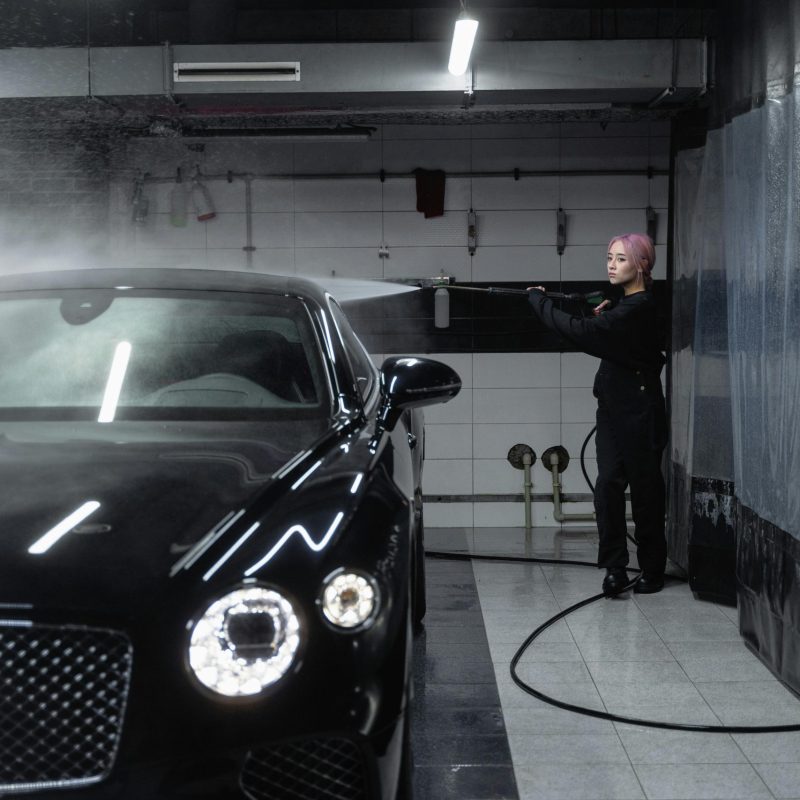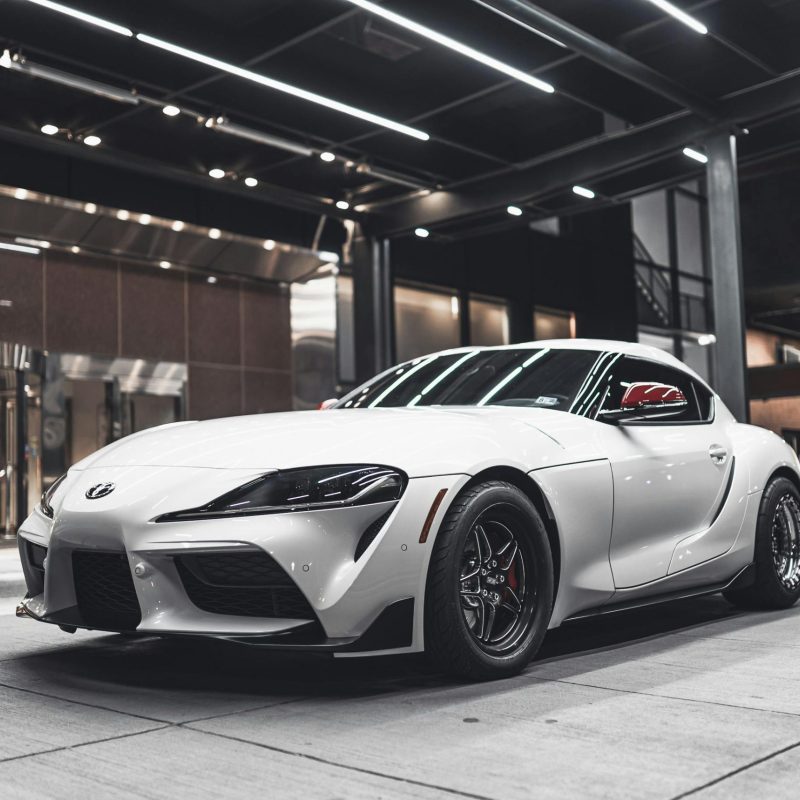Driven Light Bars
For rough terrain lovers, having the right helper lighting is fundamental for handling testing landscapes and guaranteeing wellbeing during evening time undertakings.
For rough terrain lovers, having the right helper lighting is fundamental for handling testing landscapes and guaranteeing wellbeing during evening time undertakings.
This purchaser’s aide will assist you with figuring out the various sorts of helper lights accessible, their advantages, and how to pick the most ideal choices for your going romping needs.
Drove light bars are known for their serious brilliance and wide inclusion. They come in different sizes and can be mounted on the rooftop, guard, or grille.
Energy-productive, enduring, and fit for enlightening enormous regions. They are superb for upgrading perceivability in dull, open spaces.
Ideal for seeing a long ways ahead on trails, spotting far off hindrances, and giving concentrated light where required.
Spotlights produce a limited, centered bar that arrives at a significant distance. They are normally mounted on the A-support points, rooftop, or guard.
Floodlights offer a wide bar design that covers an expansive region. They are in many cases utilized related to spotlights for adjusted lighting. Extraordinary for enlightening an enormous region around the vehicle, making them valuable for low-speed moves and campground lighting.

Picking the right helper lights for going 4×4 romping includes understanding the various sorts of lights accessible, evaluating your particular necessities, and taking into account factors like light result, solidness, and legitimate consistence. By pursuing informed decisions and guaranteeing legitimate establishment, you can essentially upgrade your going 4×4 romping experience with further developed perceivability and wellbeing.
A vehicle with a completely utilitarian lighting framework is seen too kept up with and dependable, which can be a selling point on the off chance that you choose to sell or exchange your vehicle. Guarantee your headlights are appropriately adjusted to abstain from blinding approaching vehicles and to expand perceivability. Counsel your vehicle’s manual for arrangement guidelines or have an expert make it happen.
Actually look at the wiring and associations for any indications of wear, consumption, or harm. Spotless and secure any free associations with forestall electrical issues. Consider moving up to longer-enduring and more effective Drove or Concealed bulbs for further developed execution. Supplant any consumed bulbs quickly. Counsel your vehicle’s manual for the right bulb type and substitution strategy.
On the off chance that you are not positive about your capacity to introduce the lights, think about looking for proficient assistance to guarantee a protected and compelling arrangement.


After establishment, change the lights to guarantee they are appropriately adjusted for ideal execution. Test the lights in different circumstances to adjust their situating.
Utilize a committed wiring outfit with transfers and circuits to supply securely interface your lights to the power. Abstain from over-burdening existing circuits.Put resources into respectable brands that offer great guarantee inclusion. While better quality lights might have a higher forthright expense, their dependability and execution legitimize the venture. Really look at nearby guidelines to guarantee your lights are consistent. A few lights might should be covered or switched off while driving on parkways
Decide the best areas for your lights in view of their planned use and your vehicle’s plan. Guarantee they don’t deter other basic parts or make glare.
